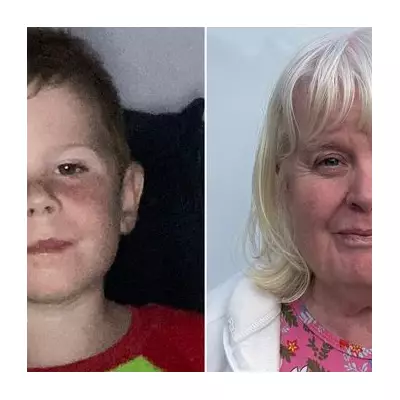
A deeply troubling case has surfaced from a Lakeland rehabilitation facility, where a care worker stands accused of violating the trust and privacy of those in her care in the most intimate way imaginable.
Ashley Nicole Richards, 32, now faces serious charges after authorities discovered she allegedly took and distributed explicit photographs of residents at the Hope House, a facility dedicated to helping women rebuild their lives.
The Disturbing Discovery
According to arrest records, the investigation began when another staff member came forward with concerning information. The whistleblower reported that Richards had been showing intimate photos of residents to multiple employees within the facility.
"This represents a profound breach of professional ethics and human decency," stated Polk County Sheriff Grady Judd during a press conference. "These vulnerable individuals placed their trust in caregivers, only to have that trust violated in the most personal manner."
Systemic Failure or Isolated Incident?
What makes this case particularly alarming is the apparent duration of the misconduct. Evidence suggests the inappropriate behaviour continued over an extended period before another employee finally intervened.
The Hope House, which describes itself as providing "a safe, structured living environment for women in recovery," now faces serious questions about its oversight procedures and staff supervision protocols.
Legal Consequences and Ongoing Investigation
Richards now confronts multiple felony charges related to the unauthorized photography and distribution of intimate images. If convicted, she could face significant prison time and permanent registration as a sex offender.
Law enforcement officials indicate their investigation remains active, examining whether other staff members might have been involved or whether additional victims exist who haven't yet come forward.
This case serves as a stark reminder of the vulnerability of individuals in care facilities and the critical importance of robust safeguarding measures to protect those most at risk in our society.





